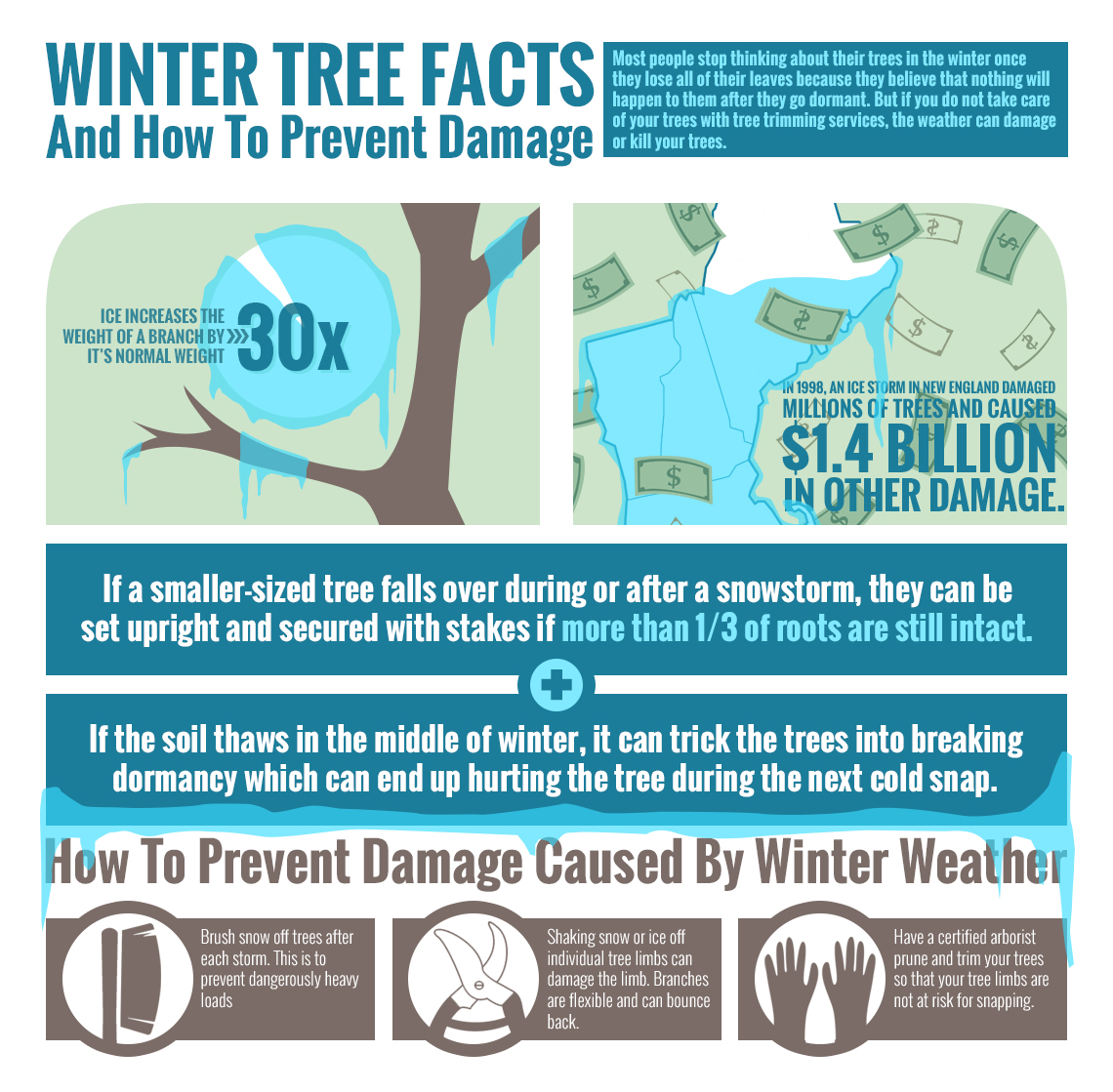Assessing Tree Health: Guidelines For Choosing Tree Removal
Assessing Tree Health: Guidelines For Choosing Tree Removal
Blog Article
Personnel Author-Bailey Mcintosh
If you've ever before wondered about the destiny of the trees on your home, recognizing when it's time for elimination is critical. But exactly how do you establish if a tree can be saved or if removal is the only alternative? By searching for certain signs and examining security risks, you can make informed decisions that profit both your landscape and your environments. Allow's check out the key elements that enter into play when making a decision the fate of a tree and exactly how you can guarantee the best outcome for your green companions.
Signs of Tree Decrease
If you observe any of the complying with indications of tree decrease in your backyard, it might be time to take into consideration tree removal.
One usual sign is dead or rotting branches, which can suggest underlying issues affecting the tree's health. Look out for blemished or shrivelled fallen leaves that linger despite having proper treatment, as this could be an indication of illness or bugs.
An additional warning signal is excessive leaning or a recognizable change in the tree's base, which might suggest root issues or architectural instability. Watch out for fungal growth on the trunk or roots, as this can indicate rot and endanger the tree's security.
Additionally, if you observe big cracks in the trunk or major limbs, it's critical to deal with these concerns promptly to prevent possible threats. Dealing with these indications of tree decrease without delay can help preserve the security and looks of your yard atmosphere.
Security Concerns
To make certain the health of your building and those around you, focusing on security concerns related to trees is paramount. Trees can position numerous security dangers otherwise correctly maintained. Dead or decaying branches may fall all of a sudden, jeopardizing individuals or damaging structures.
Leaning trees can also be hazardous, especially if they're leaning in the direction of a structure or high-voltage line. Additionally, trees with extensive root systems near foundations or below ground energies can cause significant damage in time.
It's critical to on a regular basis check your trees for any type of indicators of potential threat. Watch out for splits in the trunk, big cavities, or indicators of condition and degeneration. If you discover any one of these problems, it's best to talk to a specialist arborist to evaluate the situation and determine the required course of action.
Taking aggressive steps to resolve security problems without delay can avoid accidents and residential or commercial property damage in the future. Remember, the safety of your residential property and those around you must always be the top concern when it comes to tree upkeep.
Consulting an Arborist
When considering the health and safety of your trees, speaking with an arborist is a critical step. click for info are trained specialists that specialize in the treatment and upkeep of trees. They can evaluate the total health of your trees, determine any concerns such as conditions or architectural problems, and give skilled referrals on the most effective course of action.
By seeking visit the up coming website from an arborist, you can receive beneficial understandings right into the problem of your trees and figure out whether elimination is required. Arborists have the understanding and experience to examine the dangers associated with maintaining a tree versus removing it. They can also use guidance on different options, such as trimming, cabling, or supporting, to help maintain the tree whenever possible.
Moreover, arborists can help you browse any kind of neighborhood laws or permits that may be needed for tree removal. Their proficiency can make certain that the procedure is carried out safely and in conformity with any applicable laws.
Final thought
To conclude, when determining whether trees can be conserved or if elimination is needed, it is necessary to consider signs of decrease and safety issues. Consulting an arborist for a comprehensive evaluation is crucial in making the very best choice for the tree's health and wellness and possible hazards. Remember, proactive treatment and timely activity can help maintain trees and stop mishaps.
